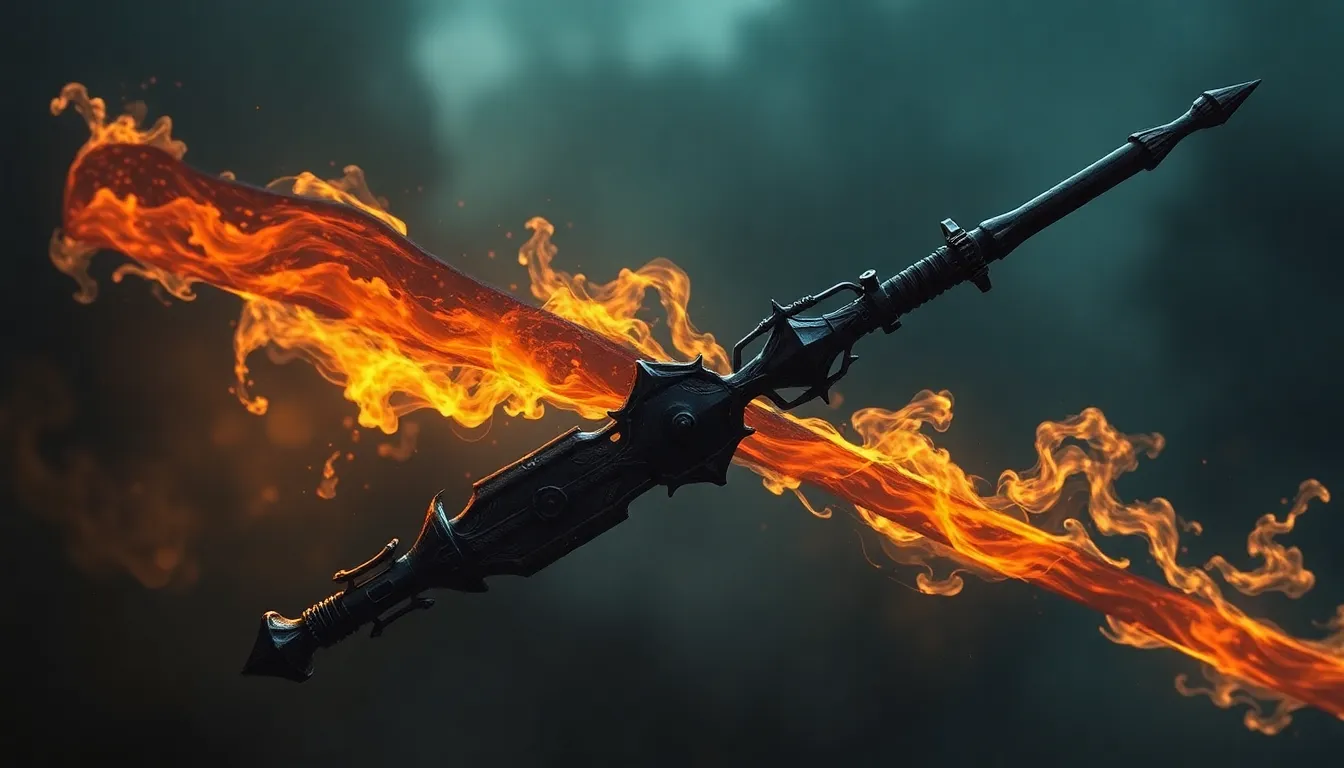The Wolf’s Roar: Exploring the Symbolic Significance of Fenrir
I. Introduction
Fenrir, a prominent figure in Norse mythology, is often depicted as a monstrous wolf, embodying chaos and destruction. Born of the trickster god Loki and the giantess Angerboda, Fenrir’s narrative intertwines with the destinies of gods and mortals alike. Wolves have been revered and feared across many cultures, symbolizing various traits from loyalty to ferocity.
The purpose of this article is to delve into the symbolic significance of Fenrir, exploring his origins, cultural meanings, and lasting impact on modern society and psychology.
II. Origins and Mythological Background
Fenrir’s lineage is steeped in the complexities of Norse mythology. He is one of the three children of Loki and Angerboda, alongside Jormungandr, the World Serpent, and Hel, the ruler of the underworld. Fenrir’s birth was seen as a harbinger of doom, as the gods foresaw the chaos he would unleash.
Several key myths involve Fenrir, most notably his binding by the gods. In an effort to prevent the prophecy of his destruction during Ragnarok, the gods attempted to restrain him. They fashioned a magical chain known as Gleipnir, which was made from six impossible ingredients, including the sound of a cat’s footfall and the roots of a mountain. This act of binding Fenrir reflects the gods’ fear and the symbolic struggle against inevitable fate.
Fenrir plays a pivotal role in Ragnarok, the cataclysmic event that signifies the end of the world in Norse mythology. During the battle, he is foretold to break free from his chains and confront Odin, ultimately devouring the All-Father, which symbolizes the triumph of chaos over order.
III. Symbolism of the Wolf in Norse Culture
In Norse culture, wolves were seen as symbols of strength, ferocity, and the untamed aspects of nature. They represented both the protector and the destroyer, embodying a duality that resonates through various mythological narratives.
- Strength and Ferocity: Wolves were admired for their hunting prowess and pack mentality, traits that were valued in Viking society.
- Protector and Destroyer: While wolves could protect their territory and kin, they were also feared for their potential to wreak havoc, illustrating the precarious balance between creation and destruction.
The cultural significance of wolves extended beyond mere survival; they were revered in tales and rituals, often associated with warriors and the divine. For instance, the god Odin was often accompanied by two wolves, Geri and Freki, further intertwining the symbolism of wolves with noble and fierce qualities.
IV. Fenrir as a Symbol of Chaos and Destruction
Fenrir serves as the embodiment of fear and the unknown. His looming presence in mythology signifies the inevitable confrontation with chaos that all beings must face. As he grows stronger and more unpredictable, he represents the darker aspects of existence that challenge the gods and humanity alike.
According to prophecy, Fenrir’s fate is intertwined with that of the gods, illustrating the profound implications of his existence. The gods’ attempts to bind him only foreshadow their ultimate downfall, suggesting that attempts to control chaos can lead to unforeseen consequences.
In Norse cosmology, chaos is not merely a destructive force; it is an essential aspect of the universe, paving the way for renewal and rebirth. Fenrir’s role in Ragnarok exemplifies this cyclical nature of existence, where destruction leads to the possibility of new beginnings.
V. Fenrir in Modern Interpretations
In contemporary literature and media, Fenrir has been depicted in various ways, often reflecting the complexities of his character. From comic books to video games, his narrative has been adapted to fit modern narratives of heroism and villainy.
- Literature: Fenrir appears in novels and adaptations of Norse myths, often portrayed as a tragic figure caught in the web of fate.
- Popular Media: Films and television series frequently incorporate Fenrir as a symbol of rebellion against oppressive forces, aligning him with themes of empowerment.
- Gaming: In fantasy games, Fenrir is often depicted as a powerful adversary or ally, reflecting the duality of chaos and strength.
The evolution of Fenrir’s symbolism in contemporary culture highlights the timeless struggle between order and chaos, offering a lens through which to explore modern existential themes.
VI. Psychological and Archetypal Perspectives
From a psychological standpoint, Fenrir can be understood as a Jungian archetype representing the shadow self. The wolf, as a symbol, embodies the aspects of ourselves that we may fear or reject—our primal instincts, aggression, and untamed nature.
Exploring Fenrir in this light encourages a deeper understanding of inner conflicts and the necessity of confronting the darker sides of our personalities. By acknowledging and integrating these shadow elements, individuals can achieve a greater sense of wholeness and self-awareness.
VII. Fenrir and Environmental Symbolism
The wolf, particularly Fenrir, symbolizes nature’s power and resilience. In an age of ecological crisis, Fenrir’s connection to nature’s ferocity serves as a reminder of the delicate balance between humanity and the natural world.
Fenrir’s narrative can be linked to contemporary ecological themes, emphasizing the importance of respecting the wild and understanding the consequences of humanity’s actions. Furthermore, wolves play a crucial role in conservation efforts, representing the need to protect ecosystems and maintain biodiversity.
VIII. Conclusion
In conclusion, Fenrir stands as a powerful symbol of chaos, destruction, and transformation. His significance extends beyond Norse mythology, resonating through modern culture, psychology, and environmental discourse. The enduring legacy of Fenrir invites us to confront the complexities of our existence and the nature of chaos in our lives.
As we reflect on Fenrir’s symbolic significance, it becomes clear that his story is not merely one of destruction but also of the potential for renewal and understanding of our primal nature. In today’s world, Fenrir’s relevance endures, reminding us of the balance we must maintain between order and chaos, as well as our connection to the natural world.




